Paldalmun Market (팔달문시장)
1.2Km 2025-10-28
17 Jeongjo-ro 770beon-gil, Paldal-gu, Suwon-si, Gyeonggi-do
There are 9 traditional markets around Suwon's South Gate. Among them, in Paldalmun Market, there is a whole chicken street that stretches for about 400m, so many people visit it. The old-fashioned way of frying the whole chicken in a large cauldron and the unique seasoning preserve its flavor. After visiting other connected markets, you can complete your Suwon tour by walking through the Hwaseong Fortress, a UNESCO World Heritage Site.
Temporary Palace at Hwaseong Fortress (Hwaseong Haenggung Palace) (화성행궁)
1.2Km 2025-05-22
825 Jeongjo-ro, Paldal-gu, Suwon-si, Gyeonggi-do
A haenggung is a temporary palace where the king and royal family retreated to during a war. Hwaseong Haenggung Palace is the largest one of these, used by the Joseon kings since the time of King Jeongjo (r. 1776-1800). In addition to being used as a shelter during war, King Jeongjo also stayed here during trips to worship at his father's tomb. The palace was the location of a splendid feast held on the 60th birthday of his mother, Hyegyeonggung Hong, and many other events, including award certificates for successful candidates of special national exams. These days, the palace serves as a venue for many traditional cultural performances and activities.
Suwon Hwaseong Special Tourist Zone (수원화성 관광특구)
1.2Km 2025-10-24
780 Jeongjo-ro, Paldal-gu, Suwon-si, Gyeonggi-do
Hwaseong Fortress, Suwon, was built by King Jeongjo, the 22nd ruler of the Joseon dynasty, when he moved the tomb of his father, Crown Prince Sado, to Hwasan Mountain in Suwon. Because of its high historical and cultural value, it was designated as a UNESCO World Heritage Site in 1997. In 2016, the Hwaseong Fortress area, ranging from Paldalsan Mountain to Jangan Park, Yeonmudae Command Post, and Paldalmun Market, was designated as a special tourist zone, establishing itself as a representative tourist destination in Suwon visited by many tourists.
Paldalmun Gate (팔달문)
1.3Km 2021-01-29
780, Jeongjo-ro, Paldal-gu, Suwon-si, Gyeonggi-do
+82-31-228-2765
Paldalmun Gate is the southern gate of Hwaseong Fortress, and its name means "a gate opening to a road that leads to all directions." Among the four gates of Hwaseong Fortress, the northern and southern gates are bigger and more grandiose. The gate has an entrance wide enough to let the king's palanquin pass through and a watchtower over the entrance. Outside of the gate is a crescent-shaped protection wall called ongseong.
Among the ongseong walls found across the country, Paldalmun Gate's ongseong wall stands out in terms of size and form. The hip roof and decorations seen on Paldalmun Gate's watchtower resemble that of fortress watchtowers, and are recognized as representation of late Joseon dynasty's watchtower architecture.
Mong Ted (몽테드)
1.3Km 2025-11-06
14 Hwaseomun-ro 48beon-gil, Paldal-gu, Suwon-si, Gyeonggi-do
◎ Travel information to meet Hallyu’s charm – TV series “Lovely Runner”
Café Mong Ted appears as Sol’s house in the drama, with the blue-gate house across the alley as Sun-jae’s residence. Take a stroll down the alley, perhaps with a yellow umbrella, to feel like the characters in “Lovely Runner.”
Hyowon’s Bell (효원의 종·서장대)
1.3Km 2025-05-22
Namchang-dong, Paldal-gu, Suwon-si, Gyeonggi-do
Hyowon’s Bell is located at the summit of Paldalsan Mountain. The bell was created to honor the filial devotion of King Jeongjo towards his father, Crown Prince Sado. The bell has various symbols representing the city of Suwon and its cultural assets. The bell is always rung three times- the first ring is in gratitude for the love of one’s parents, the second to hope for happiness in one’s family, and the third as a prayer for self-improvement.
Suwon Workshop Street (수원 공방거리)
1.3Km 2024-12-11
Namchang-dong, Paldal-gu, Suwon-si, Gyeonggi-do
Suwon Workshop Street stretches from the plaza of Hwaseong Haenggung Palace to the Nammun Rodeo Youth Culture Performance Hall near Paldalmun Gate. The street is lined with workshops where artists display and sell their handmade crafts. Visitors can engage in various craft experiences, including woodcraft, hanji (traditional Korean paper) craft, ribbon craft, sewing, and metalworking, while also shopping for unique handmade items. In addition to the workshops, the street features Haenggung Sarangchae, a cozy spot for travelers to unwind, the Museum of Memories, and several charming cafés.
Nostalgic Dalgona (추억의달고나)
1.3Km 2024-02-01
44 Haenggung-ro, Paldal-gu, Suwon-si, Gyeonggi-do
At Nostalgic Dalgona, visitors can make and eat dalgona, a snack that has become world-famous as it frequently appears in Korean content such as drama series like Netflix's Squid Game and entertainment shows. The recipe requires using a ladle and heat to dissolve sugar mixed with a small amount of baking soda. Once dissolved, pour out the caramel-like mix onto a tray, then stamp the surface with a cookie cutter of a preferred shape, such as heart, animal figure, or umbrella. The process of tearing off the edges along the pattern like from the scene in Squid Game can be quite a challenge and fun at the same time.
Bonsuwon Galbi (본수원갈비)
1.3Km 2024-12-02
41, Jungbu-daero 223beon-gil, Paldal-gu, Suwon-si, Gyeonggi-do
+82-31-211-8434
With over 50 years of history, Bonsuwon Galbi is said to be one of Suwon's top three galbi restaurants. Diners can choose between saeng-galbi (grilled, unmarinated galbi) to savor the natural flavor of the meat, or yangnyeom-galbi (grilled, marinated galbi) for a richer, more savory taste.
Haengnidan Street (행리단길)
1.4Km 2025-06-18
43 Hwaseomun-ro, Paldal-gu, Suwon-si, Gyeonggi-do
Haengnidan Street is a stretch of approximately 612 meters from Hwahongmun Gate of Hwaseong Fortress to Hwaseo Park. The name Haengnidan Street originates from Haenggung-dong (Haenggung referring to the king's temporary palace) and Gyeongnidan Street, a popular area in Itaewon, Seoul. This vibrant district seamlessly blends tradition and modernity, featuring a variety of unique restaurants, stylish cafés, concept stores, and exhibition spaces. It has become one of Suwon's most iconic attractions.
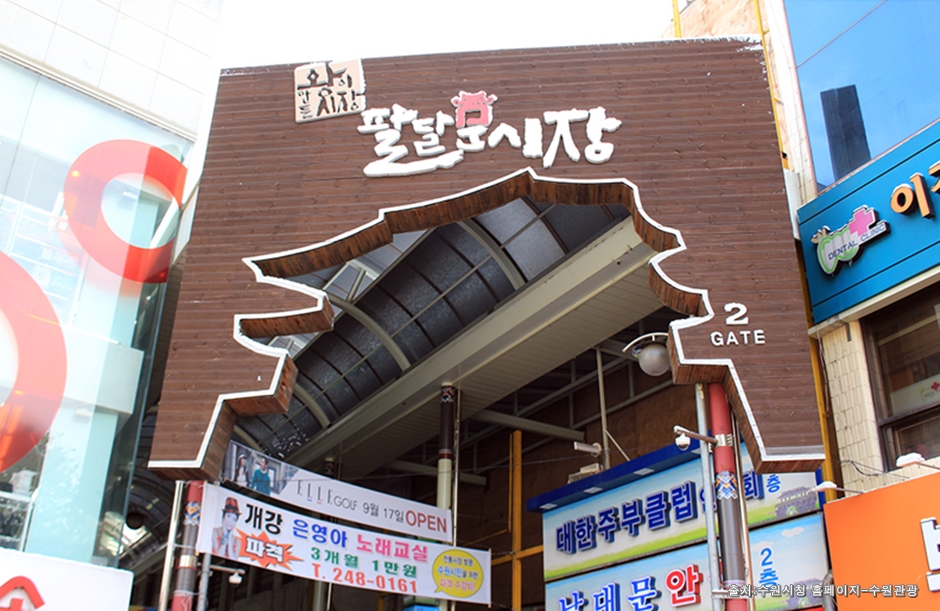
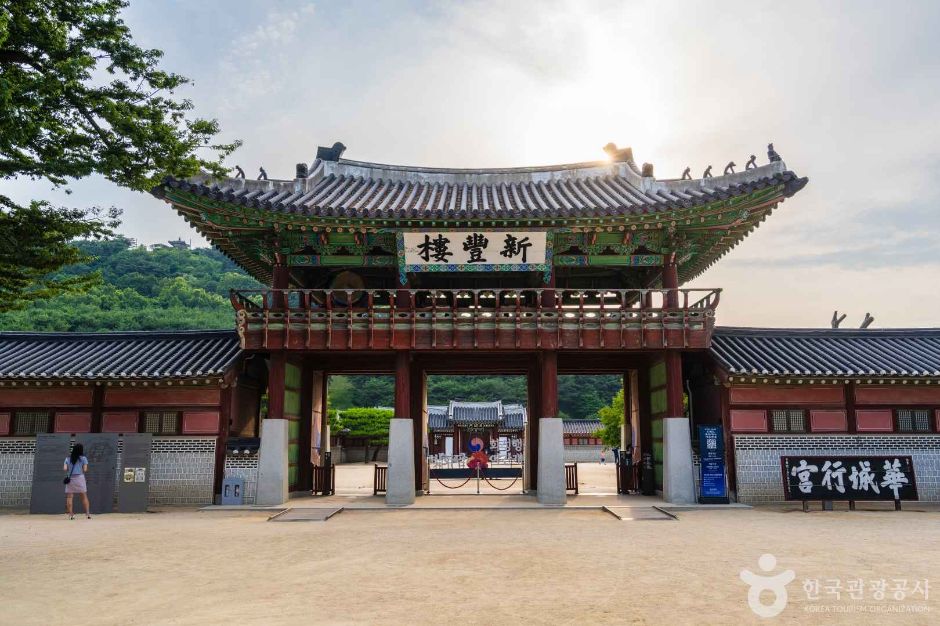
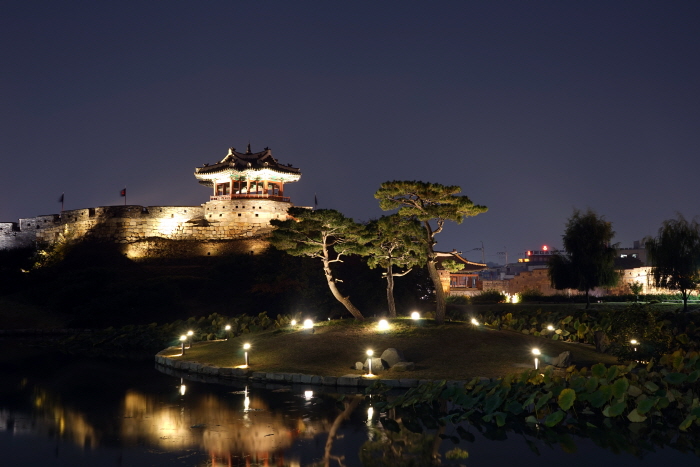
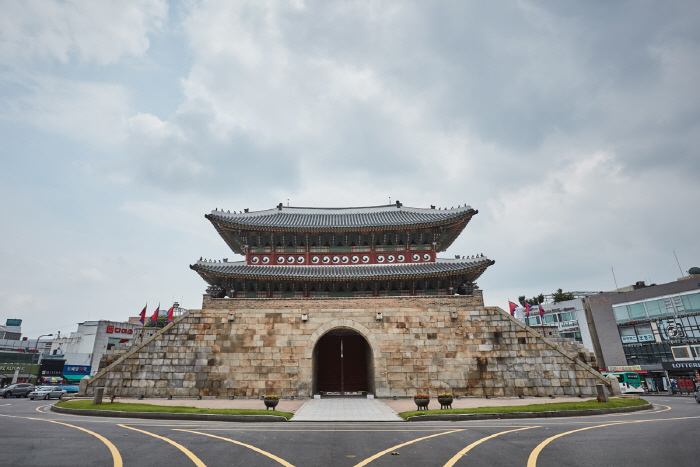
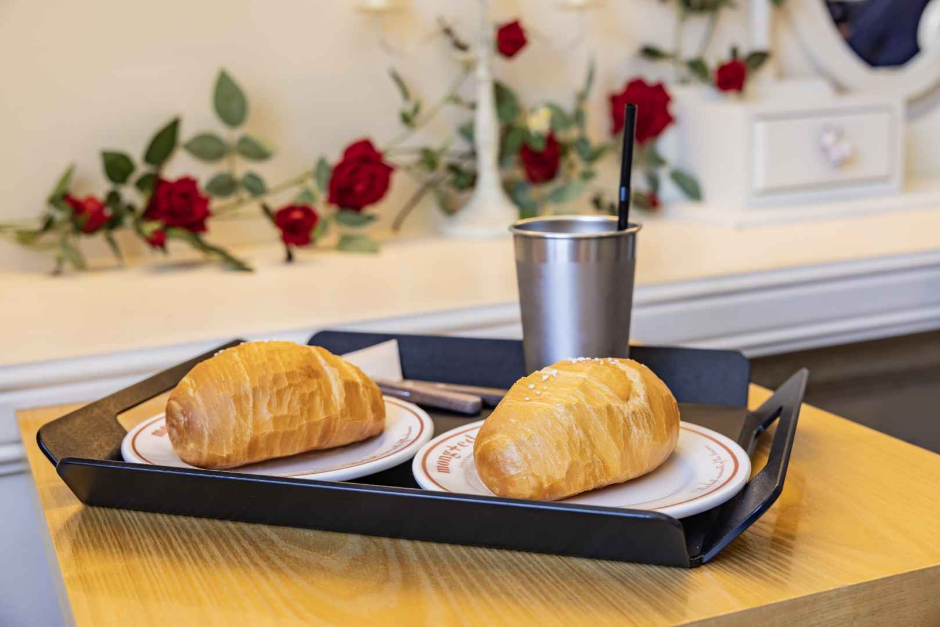
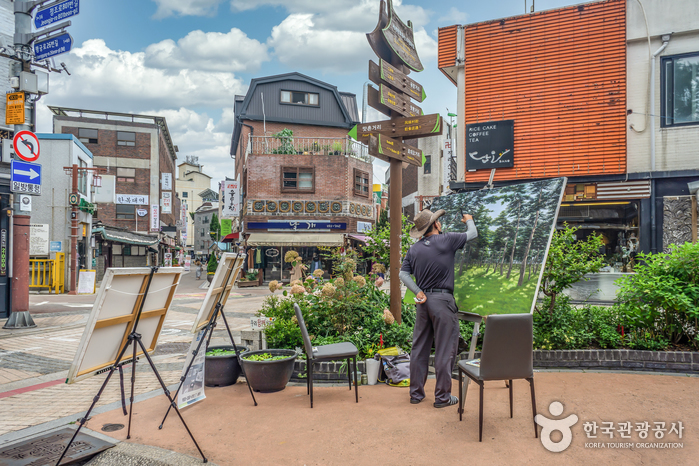
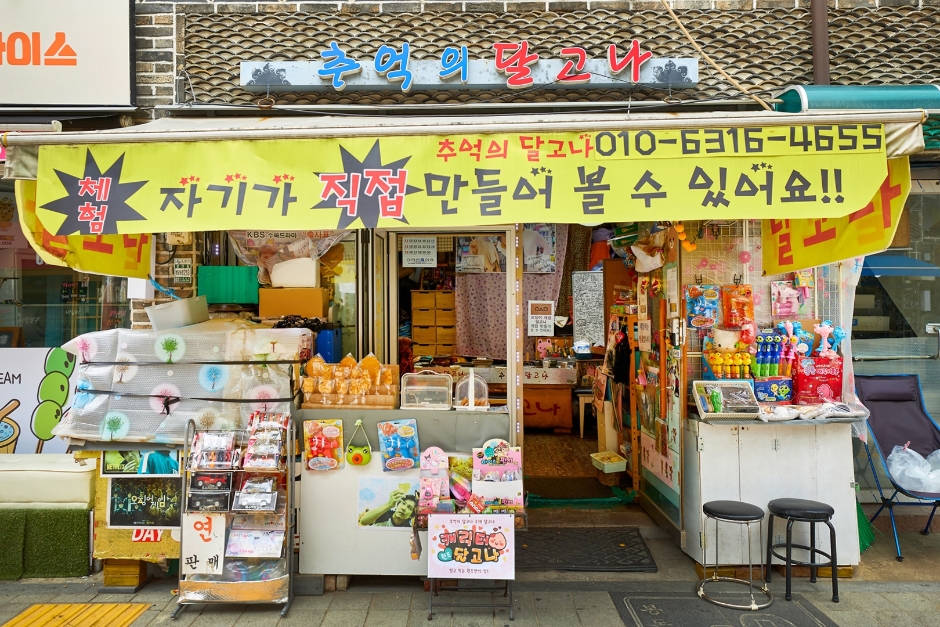
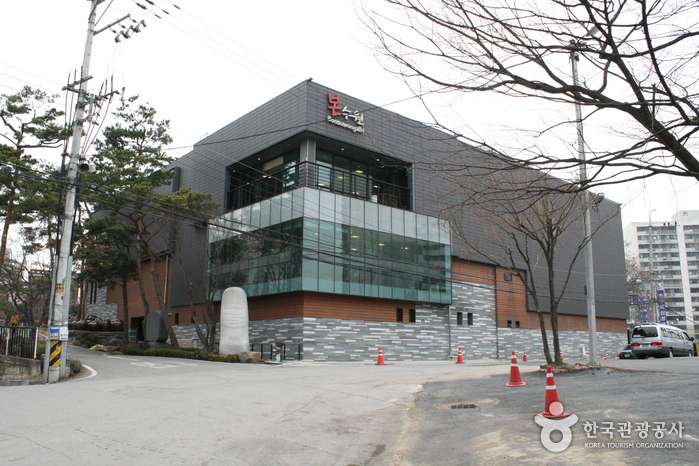

 English
English
 한국어
한국어 日本語
日本語 中文(简体)
中文(简体) Deutsch
Deutsch Français
Français Español
Español Русский
Русский